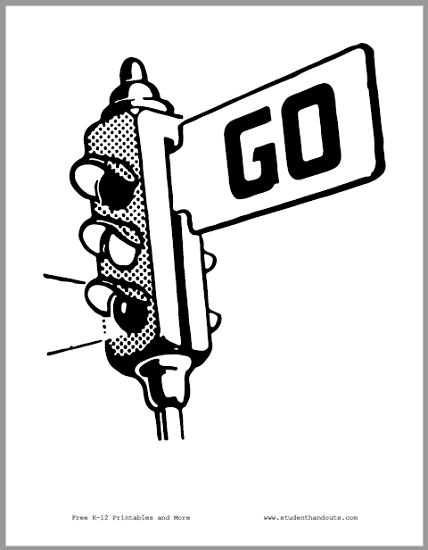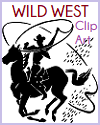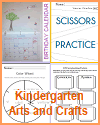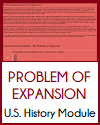Go Signal Classroom Sign |
 |
 |
|---|
| Go light traffic sign. Printable sign for classroom use. Click here to print. |
|
Classroom teachers may wish to direct the movement of children for various reasons and in different situations. The decision to direct children's movement is often guided by educational goals, safety concerns, and the needs of the learning environment. Here are some scenarios in which teachers may choose to direct the movement of their students.
Transitioning Between Activities: Teachers often direct students' movement during transitions between activities or subjects to ensure a smooth and organized classroom routine. This can help maximize instructional time and minimize disruptions. Safety: Ensuring the safety of students is a top priority for teachers. They may direct movement to prevent accidents, such as students running in the classroom, tripping over objects, or engaging in behavior that could harm themselves or others. Behavior Management: In cases where students exhibit disruptive or unsafe behavior, teachers may redirect their movement to maintain a productive and respectful learning environment. For example, a teacher might instruct a student to move to a designated calming area if they are acting out. Group Work or Collaborative Activities: Teachers often direct students' movement when organizing group work or collaborative activities. They may instruct students to move to specific areas in the classroom or form small groups to facilitate effective teamwork. Classroom Transitions: Moving students from one location to another within the school, such as transitioning from the classroom to the cafeteria, library, or gym, may require the teacher to direct their movement to ensure they stay together and follow school rules. Active Learning Strategies: Some instructional strategies, like station rotations or learning centers, involve directing students' movement to different learning stations or areas within the classroom. This promotes active engagement and varied learning experiences. Specialized Learning Spaces: In classrooms equipped with specialized learning spaces, such as science labs or art studios, teachers may direct students to these areas for specific lessons or hands-on activities. Outdoor Activities: During outdoor activities, field trips, or recess, teachers may direct students' movement to ensure they stay within designated boundaries, follow safety guidelines, and engage in structured play. Classroom Management: Effective classroom management often requires teachers to guide students' movement to maintain order and create a conducive learning environment. This can include arranging seating, directing traffic flow, or guiding students to line up for dismissal. Health and Hygiene: Teachers may direct students' movement for health and hygiene reasons, such as lining up for handwashing before meals or using restroom facilities. Emergency Drills: Teachers play a critical role in conducting emergency drills, such as fire drills or lockdown drills, and directing students to follow safety procedures during these exercises. Special Needs and Individualized Support: In classrooms with students who have special needs or require individualized support, teachers may direct movement to ensure that these students receive appropriate accommodations and services. It is important for teachers to strike a balance between directing students' movement when necessary and allowing for independent exploration and movement when appropriate for learning. Encouraging movement and physical activity can enhance student engagement and well-being, but it should be done in a way that aligns with the educational objectives and safety considerations of the classroom. |









